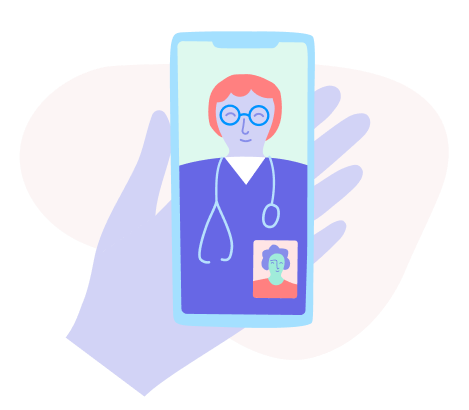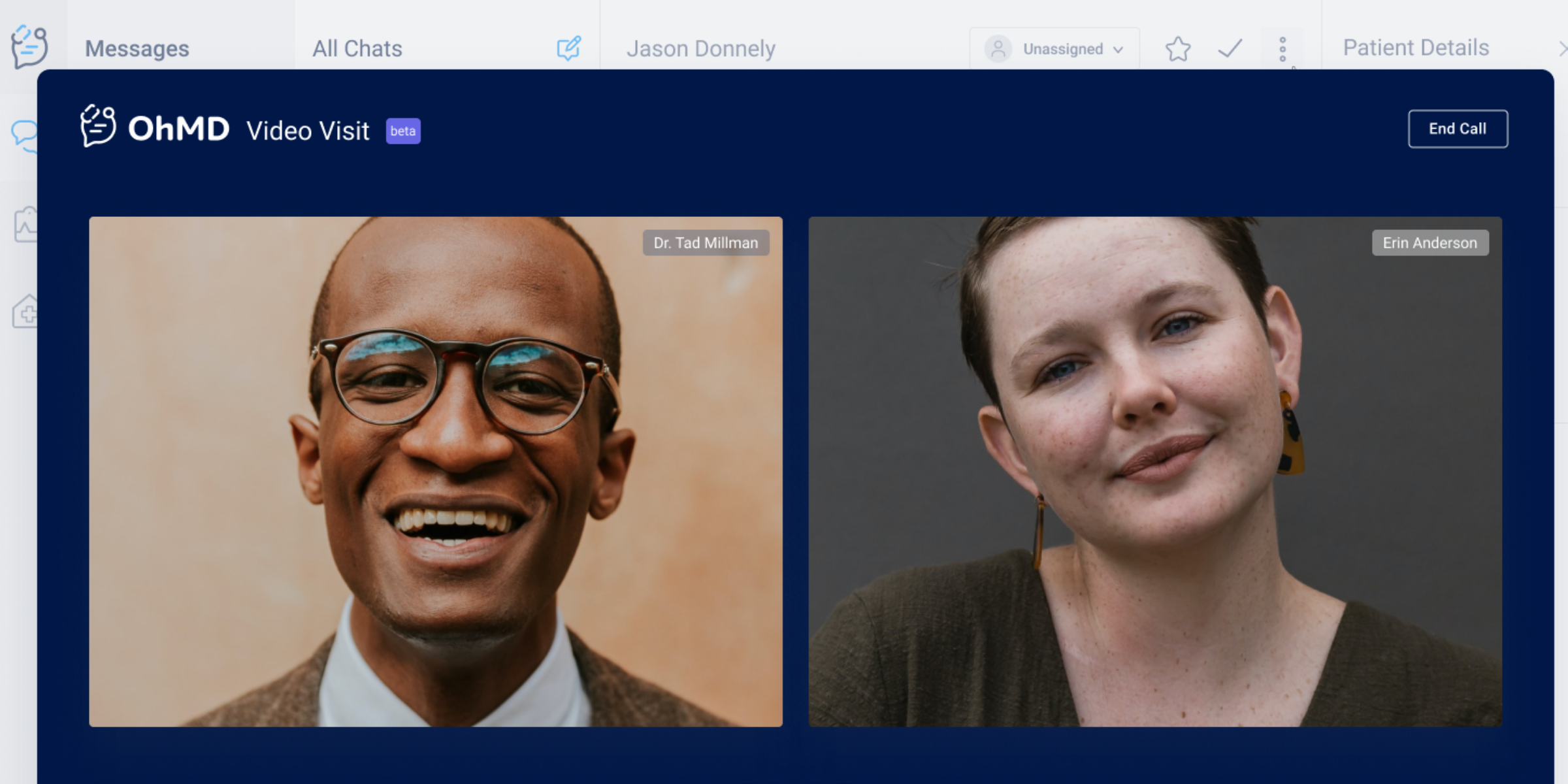When considering what HIPAA compliant telehealth platform to choose for your practice, there are several factors to consider. Before doing a deep dive on how to best implement telemedicine software at your office, let’s look into the basics.

What is telehealth?
The United States Health Resources and Services Administration (HRSA) defines telehealth as “the use of electronic information and telecommunication technologies to support and promote long-distance clinical health care, patient and professional health-related education, public health and health administration”.
Since the rise of COVID-19, telehealth has become more important than ever before. Here is how you can take advantage of a telemedicine platform to best protect your patients.
Secure telehealth services allow you to offer a higher level of patient care than ever before. Telemedicine software must also allows you, as a provider, to maintain HIPAA compliance while also reducing the administrative workload. You can feel confident in the level of security by having a Business Associate Agreement in place.
How can my healthcare practice best utilize telehealth software?
There is now an expectation that healthcare providers take advantage of telemedicine software. Patients want to have the ability to connect with their healthcare provider easily, when it is convenient for them. Telemedicine platforms allow medical professionals to communicate asynchronously with patients, making accessing and providing medical care easier than ever before.
Telemedicine platforms allow you to keep in touch with patients, remind them of their upcoming appointment, conduct video visits, send out forms, and so much more. One study focused on intervening and triaging patients between the ER and a primary care clinic found benefits such as a 44 minute reduction in ambulance back-in-service time, as well as a 6% reduction potentially unnecessary ER visits.
When looking to identify how to best use a telemedicine platform at your office, consider what administrative tasks take up most of your time. If you find that staff spends a significant amount of time playing phone tag, maybe secure messaging is the answer to your problems. If more time is spent printing, scanning, and uploading forms, then perhaps a electronic forms tool will be a good fit. Telehealth is what you make it, and certainly isn’t limited to video visits. In fact, it can even be useful for things like practice management and increasing patient engagement.
Using OhMD’s HIPAA compliant telehealth platform
Every practice is different– different workflows, different patients, different software. Some electronic medical records (EMRs) have build-in telehealth platforms, but many don’t.
OhMD takes a very different approach than most telehealth platforms. We’ve built our entire platform around two-way patient communication. When you combine two-way patient texting with video visits, your practice can provide virtual care while delivering an amazing patient experience.
Using two-way asynchronous texting, you are able to manage a variety of patient communications at the same time. You are also able to offer a variety of services to patients, all within OhMD.
- Video Visits allows you to offer virtual appointments that don’t require patients to download an app or log in to initiate a visit
- Forms make it possible for patients to complete documents right from their mobile device
- Broadcasts give you the option to send a personalized message to patients en masse
- Autopilot allows you to manage your most common patient requests automatically
- Patient Calling makes calling patients easier than ever, right from your textable line, without ever picking up a phone
- Team communication gives staff the option to collaborate on patient care
OhMD can be used to manage all facets of patient communication. This makes it easy to go from a text conversation, to a video visit, to messaging colleagues after a patient follow-up. Using the tools OhMD has to offer, you can increase patient engagement without adding to your current workload.
OhMD is also able to work with other tools you may already be using for telehealth purposes. For some practices, that means using another video visit tool, but using OhMD to send links to those visits via text. For others, OhMD could be used in conjunction with an EHR scheduling system.
Let OhMD’s secure telehealth tools alleviate your workload. To learn more about implementing OhMD as your HIPAA compliant telehealth platform, schedule a demo with an expert today!



